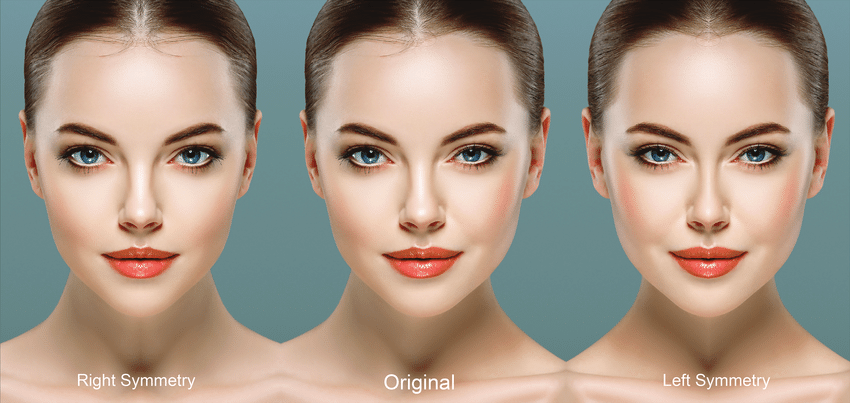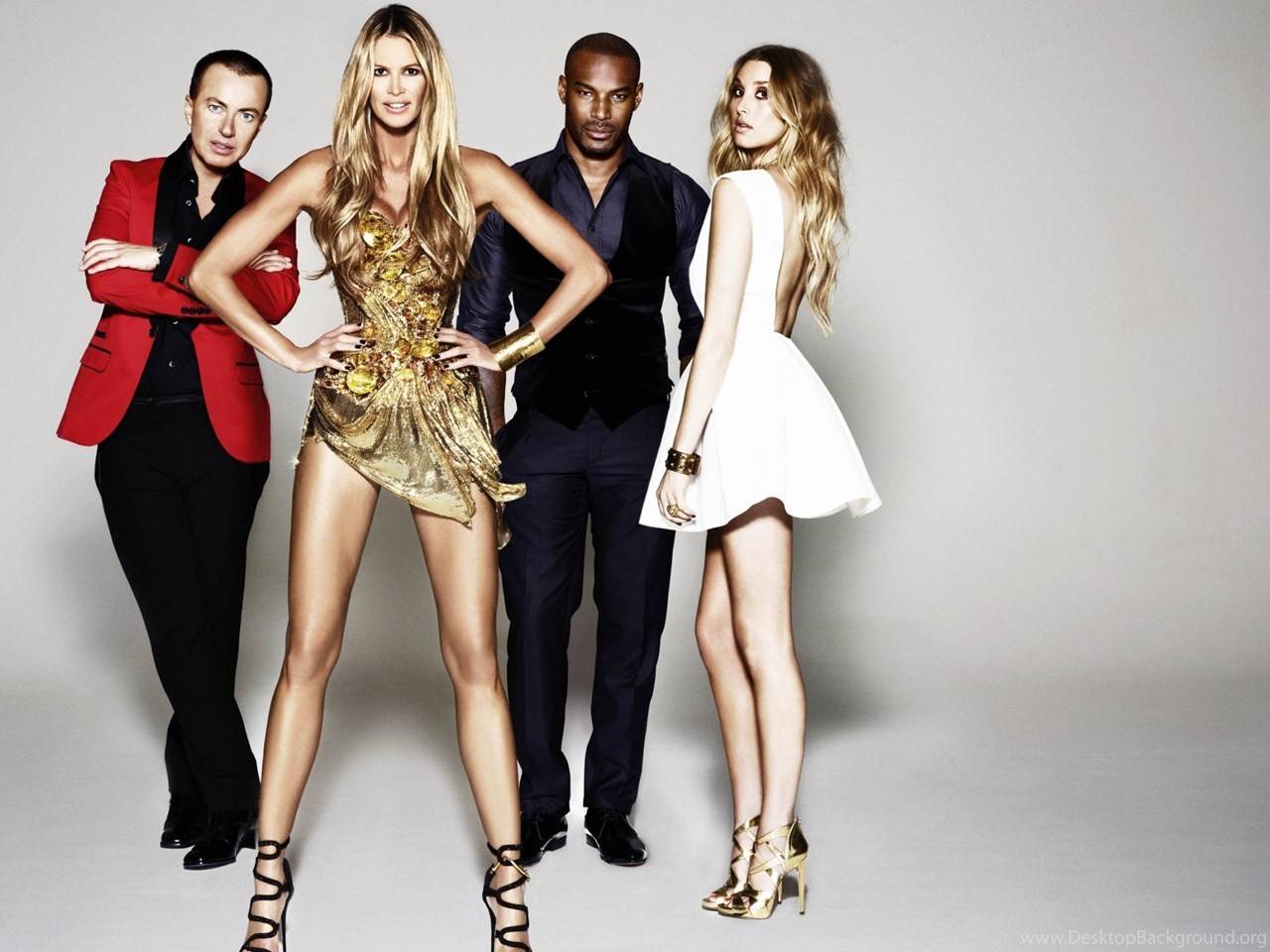What Facial Features Do Men and women Really Find Attractive?
- 12 Aug 2020
- Models
What Facial Features Do Men and Women Really Find Attractive?
A new study appearing in PLoS ONE this month examined this very question, and its results offer useful insight for anyone looking to become more attractive in the eyes of the opposite sex.
Tips: How to Get Chubby Cheeks?
Here’s a brief summary of the experiment.
Researchers at the Universidad de Playa Ancha and the Universidad Autónoma de Madrid recruited 266 Spanish female undergraduates to take part in the study. First, they rated these females on the following measures of facial beauty: facial fluctuating asymmetry, facial averageness, facial dimorphism, and facial maturity. These are difficult terms, so let’s examine each one in detail.
- Facial fluctuating asymmetry measures the symmetry in one’s face. Since symmetrical faces are generally associated with good health and reproductive quality, scientists have generally found facial symmetry to be perceived as more attractive by the opposite sex.
- Facial averageness measures how closely a face corresponds to average facial features. Average faces—as opposed to faces with unique and strong features—also tend to be perceived as more attractive. Humans, it seems, are attracted to things that are typical and familiar.
- Facial dimorphism refers to the degree to which a face appears classically feminine (such as thicker lips, round cheeks, higher eyebrows, etc.) or masculine (such as a strong jawline and deep-set eyes).
- Facial maturity measures the age of the face, with younger-looking faces usually rated as more attractive.
Next, the researchers asked the 266 women in the study to rate themselves on a seven-point scale of physical attractiveness. They also asked a group of male participants to rate each female on physical attractiveness.
4 Tips For Getting The Most Out of Your Laser Hair Removal.
Finally, the researchers compared the objective measures of facial attractiveness with the self-reported and male-reported measures of physical attractiveness—looking for areas of agreement as well as divergence between the ratings.
Here’s what they found.
Although there was a healthy amount of agreement between the sexes on what facial features were perceived as attractive, there were also some areas of disconnect. For instance, while both men and women agreed that facial symmetry was an important factor in determining facial attractiveness, women seemed to think facial dimorphism (femininity) was more important than men actually thought it was. Men, however, placed more value on facial averageness and facial maturity (youth) than did women. Dr. Enrique Turiégano, a co-author of the study, explains:
“Facial symmetry is an important feature determining attractiveness both when it is self-perceived [by women] or male-rated. Also, men consider women whose faces are closer to the population average, and with juvenile features, as especially attractive. Nevertheless, women—in their self-perception—give a higher relevance to features that present greater sexual dimorphism [femininity].”
To be fair, this result shouldn’t be taken as evidence that women are clueless about what facial features men find attractive. If anything, men are still the more clueless sex in this regard.
“Men predict worse what women find attractive in men than women predict what men like in women,” says Turiégano. (The truth is that women care much less about a man’s looks than men typically think they do, while men are certainly the more superficial sex.)
Nevertheless, women can learn a thing or two about male preferences from this research: care a bit less about looking “feminine” and a bit more about looking “typical” and “youthful.” (That is if it is men whom you want to impress.)






